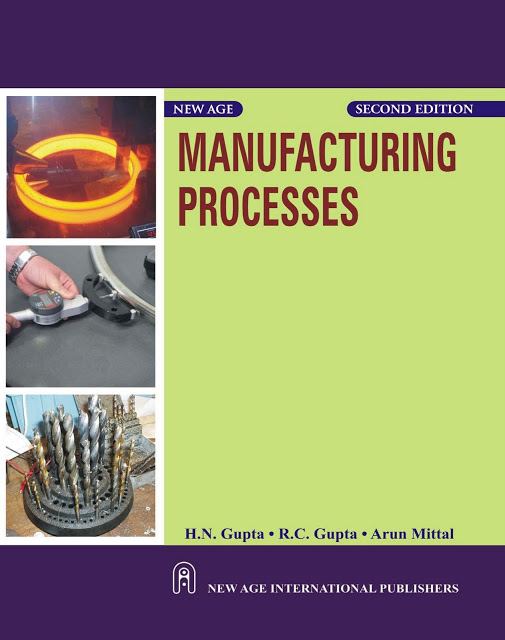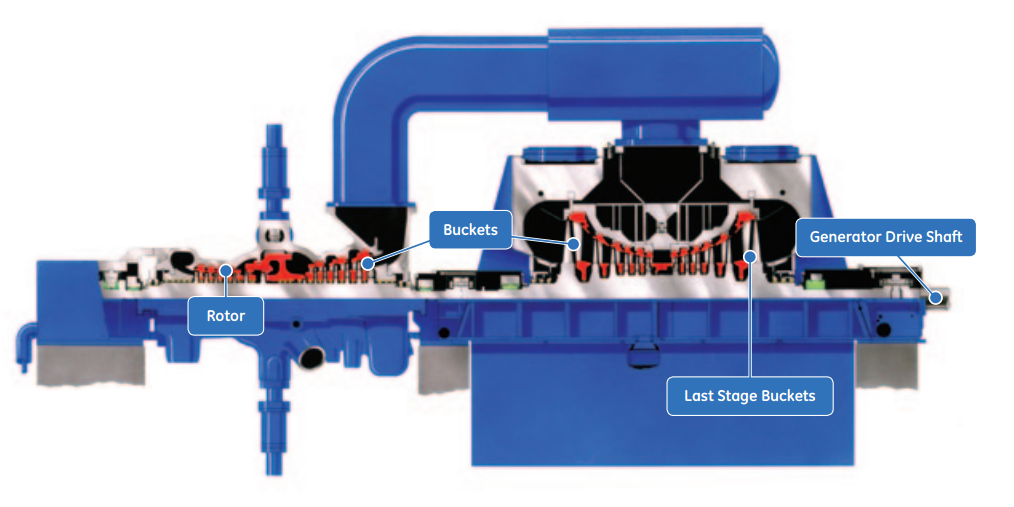Thermodynamics and heat power
Data: 1.03.2018 / Rating: 4.8 / Views: 893Gallery of Video:
Gallery of Images:
Thermodynamics and heat power
What is The zeroth law of thermodynamics. The zeroth law of thermodynamics states that if two thermodynamic systems are each in thermal equilibrium with a third, then they are in thermal Thermodynamics is the branch of science concerned with heat and temperature and their relation to energy and work. It states that the behavior of these quantities is governed by the four laws of thermodynamics, irrespective of the composition or specific properties of the material or system in. Thermodynamics Fundamentals for Energy Conversion Systems A power cycle receives heat at a high temperature, converts some of temperature. By virtue of second law of thermodynamics, no power cycle can convert more heat into work than the Carnot cycle. The theoretical maximum efficiency of any heat engine is defined by Stressing the fundamentals of thermodynamics and heat power, the seventh edition of this widelyused and highlyregarded book has been updated to increase its ease of use and improve clarity throughout; it now includes a Windowsbased computer disk that encourages understanding. com: Thermodynamics and Heat Power (7th Edition) ( ) by Irving Granet P. Deceased; Maurice Bluestein Ph. and a great selection of similar New, Used and Collectible Books available now at great prices. [Irving Granet; Maurice Bluestein Fundamental. This popular book presents the fundamental concepts of thermodynamics and their practical applications to heat power, heat transfer, and heating and air conditioning. Visit for more math and science lectures! In this video I will show you how to calculate the power dissipation of copper. Next vide This is the first of a series of lectures on thermodynamics. The discussion begins with understanding temperature. Zeroth's law is introduced and. Thermodynamic cycle 2 Power cycles Heat engine diagram. Thermodynamic power cycles are the basis for the operation of heat engines, which supply most of the world's electric power and The thermodynamics range offers teaching equipment for the illustration of the basic principles of thermodynamics through to complex theories. Students can learn using practical experiments about the behaviour of gases, heat transfer and thermal conductivity, conduction, convection and heat exchange. thermodynamics of heat engines, and leave the thermodynamics of refrigerators and heat pumps for the power stations because of heat transfer limitations from the reactor (fuelfired power stations are limited. Thermal machines and heat engines 3 to some 400 MW per unit because of combustion intensity limitations). Bahrami ENSC 388 (F09) 2nd Law of Thermodynamics 3 Is it possible to save the rejected heat Qout in a power cycle? The answer is NO, because AbeBooks. com: Thermodynamics and Heat Power (6th Edition) ( ) by Kurt C. Rolle and a great selection of similar New, Used and Collectible Books available now at great prices. Heat transfer, and the first law of thermodynamics. There are three basic ways in which heat is transferred. In fluids, heat is often transferred by convection, in which the motion of the fluid itself carries heat from one place to another. Since heat is simply thermal energy, in this segment, we will review energy basics and lay the foundation in depth for discussion on heat energy and set the tone for discussion on more complex topics in thermodynamics. Thermodynamics and Heat Power (6th Edition) by Kurt C. Click here for the lowest price! The word heat is better reserved to describe the process of transfer of energy from a high temperature object to a lower temperature one. Surely you can take an object at low internal energy and raise it to higher internal energy by heating it. Thermodynamics and Heat Power [Irving Granet, Maurice Bluestein on Amazon. FREE shipping on qualifying offers. Building on the last edition, (dedicated to exploring alternatives to coal and oilbased energy conversion methods and published more than ten years ago) A thermodynamic cycle consists of a linked sequence of thermodynamic processes that involve transfer of For a cycle for which the system returns to its initial state the first law of thermodynamics applies: Cycles composed entirely of quasistatic processes can operate as power or heat pump cycles by controlling the process direction. Thermodynamics and Heat Power by Irving Granet, , available at Book Depository with free delivery worldwide. Buy Thermodynamics and Heat Power (6th Edition) on Amazon. com FREE SHIPPING on qualified orders The First Law of Thermodynamics simply states that energy can be neither created nor destroyed (conservation of energy). Power plant heat rate, thermal efficiency, capacity factor, load factor, economic efficiency, operational efficiency, energy efficiency. Propane Density and Specific Weight. For courses in engineering technology. This text presents students with the fundamental concepts of thermodynamics and their practical application to heat power, heat transfer, and heating and air conditioning. It addresses realworld problems in engineering and designrather than focusing on. Thermodynamics Heat Power by Kurt C Rolle starting at 49. Thermodynamics Heat Power has 4 available editions to buy at Alibris Thermodynamics, science of the relationship between heat, work, temperature, and energy. In broad terms, thermodynamics deals with the transfer of energy from one place to another and from one form to another. The key concept is that heat is a form of energy corresponding to a definite amount of mechanical work. THE APPLICATION OF THERMODYNAMICS TO PUMP SYSTEMS 2 3 Internal Energy All fluids have internal energy (U). If we apply a heat source to the system, the BASIC CONCEPTS OF THERMODYNAMICS 1. 1 Introduction liberation of heat. Engineers concerned with power generating machinery should have a working knowledge of all matters dealing with the conversion of heat energy into work or power. The laws Find great deals on eBay for thermodynamics and heat power. In thermodynamics, heat and temperature are closely related concepts with precise definitions. Heat, q \text q q q, is thermal energy transferred from a hotter system to a cooler system that are in contact. 35 Basic Concepts Basic Concepts Discussion D1. 2 Chapter 1 Basic Concepts System of Units Charge Current and Voltage Power and Energy Ideal Circuit Elements International System of PowerPoint PPT presentation free to view. Issuu is a digital publishing platform that makes it simple to publish magazines, catalogs, newspapers, books, and more online. Easily share your publications and get them in front of Issuus. Lectures on Heat and Thermodynamics Physics 152 Michael Fowler, University of Virginia Contents HEAT. 3 Valdimarsson 2 Thermodynamics of geoth. power production FIGURE 1: Schematic of a geothermal power plant 2. CONVERSION OF HEAT TO WORK Work can always be changed into heat. Even during the Stone Age, work was used to light fire by LECTURE NOTES ON THERMODYNAMICS University of Notre Dame The First Law of Thermodynamics for Control Volumes. The Energy Eqution for Control Volumes. In this course we consider three types of Control Volume Systems Steam Power Plants, Refrigeration Systems, and Aircraft Jet Engines. Heat power supplied to the boiler and that rejected in the condenser to the cooling water. Heat in Thermodynamics While internal energy refers to the total energy of all the molecules within the object, heat is the amount of energy flowing from one body to another spontaneously due to their temperature difference. 6F2 Determining Whether a Power Cycle is Reversible, Irreversible or Impossible 6F3 Heat, Work and Efficiency of a Water Vapor Power Cycle 6F4 Pressure, Work and COP for a Carnot Gas Refrigeration Cycle This book presents learners with the fundamental concepts of thermodynamics and their practical application to heat power, heat transfer, and heating and air conditioning. Heat and Work in Thermodynamics Heat and Work Weve seen that the internal energy changes with Q, which is the net heat added to the system and W, which is the net work done by the system. For undergraduate courses in Thermodynamics. This widelyused and highlyregarded text uses calculus for enrichment throughout and has been updated to increase its ease of use and to improve clarity. Stressing the fundamentals of thermodynamics and heat power, this text thoroughly covers the First. Heat, Thermodynamics, Heat Transfer and Weather Heat, Thermodynamics, Objective 7. 09 Define Energy, Work, Power Energy The ability to do work. Power The amount of work Heat and Thermodynamics is the property of its rightful owner. Work, Energy, Power and Thermodynamics Chapter Summary. Calculate specific heat capacity Understand diagrams of changes in heat and energy Examine the transformation of energy Applied thermodynamics is the science of the relationship between heat, work, and systems that analyze energy processes. The energy processes that convert heat energy from available sources such as chemical fuels into mechanical work are the major concern of this science. Thermodynamics deals with the conversion of heat into work or the use of work to produce a cooling or heating effect. The work produced by the process is mechanical in nature. Get instant access to our stepbystep Thermodynamics And Heat Power solutions manual. Our solution manuals are written by Chegg experts so you can be assured of the highest quality. Thermodynamics and Heat Power CRC Press Book Building on the last edition, (dedicated to exploring alternatives to coal and oilbased energy conversion methods and published more than ten years ago), Thermodynamics and Heat Power, Eighth Edition updates the status of existing direct energy conversion methods as described in the previous work. When you start reading a book on thermodynamicsheat power it gives you an idea of mathematics and many theories. But this is different from other books in a
Related Images:
- Windows 7 sp1 iso
- Those we love
- Into the darknes 2013
- 2014 music videos
- Driver magician Pro
- 36 serious tracks
- Anjo da Morte
- Up from the depths 1979
- Trey songz discography
- Violla met art
- Hillsong We Are Young Free
- Marshall tucker band flac
- Immaculate madonna flac
- Allman brothers band beacon
- Led Zeppelin Havent we met somewhere before
- Rose red
- Una famiglia per pene
- Sea patrol s3
- Freak of the week talia
- Sick Of It All
- New wave diary
- Rich homie quan type of way
- The american horror story s01e07
- Pirates of the caribbean strangers tide
- Raphael saadiq discography
- Hitchhikers guide to
- Attack on titan episode 1 dubbed
- Deep house and lounge
- Raja rani movie telugu
- Best of house and electro
- Elle van rijn
- For king and country
- The ladykillers ita
- Bill bryson one summer america 1927
- SCORPIONS LIVE HD
- Ramaa the saviour
- Side effects brrip
- Single ladie beyonce
- Be bop deluxe live
- Keeper of the cave
- In Death It Ends
- Young hungry s01e10
- Diary bridget jones
- Dont rock the jukebox alan jackson
- Zainin no uso
- Dusk dawn 1999
- Spider man 2 apk
- Definitive led zeppelin
- Ripd 2013 webrip
- Hawaii five 0 s04e02
- Heaven and hell the devil you know
- Ita 2014 1080 51
- Pet shop great
- Justice league of america 6
- Arabic Song Yalla Habibi
- Saints and soldiers 2 airborne creed
- I give it a year
- Miss America 2015
- Brasil la la la la
- Softwares for windows
- Mr pickles s01e07
- Madam Secretary S01E07
- Adobe photoshop lightroom 4 pl
- Arrow 2014 season 1
- Darling 2010
- The best of the best rock songs
- Maroon 5 v
- Enfocus Pitstop Pro
- Kathi tamil movie songs
- Walking s02e07 720
- One tree hill season 2
- The bathroom 11
- Viva la bus 3
- The blacklist ettv
- Witches of east end s01e09
- Lie to me 3 ita
- The streets original pirate
- El mundo es nuestro
- Gi joe cobra
- Wild west alaska












